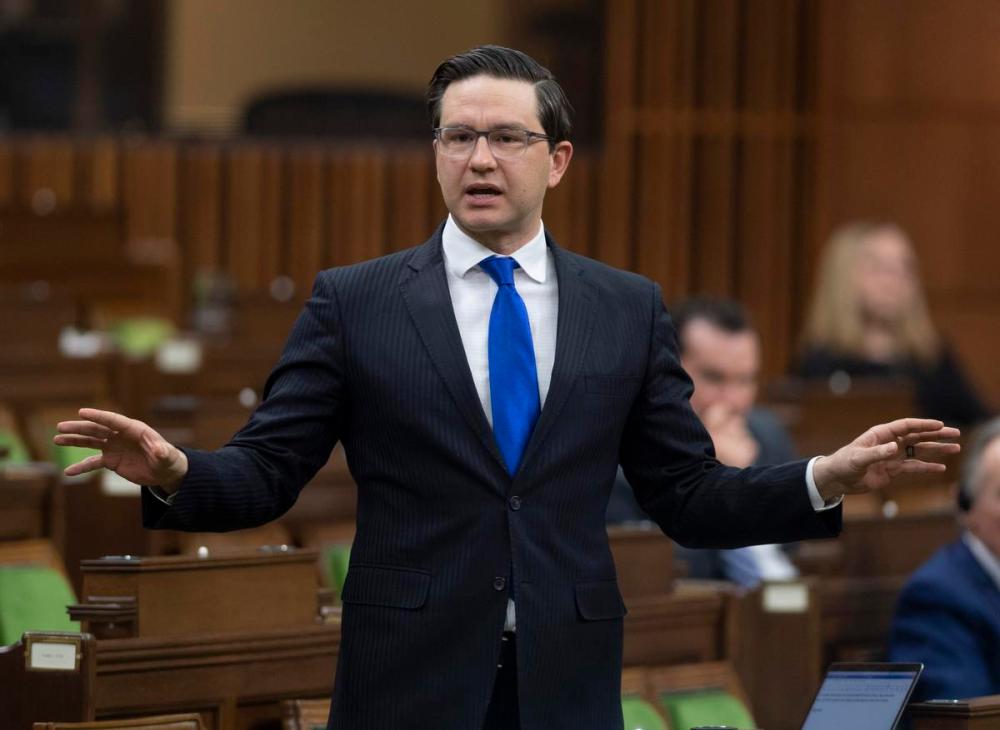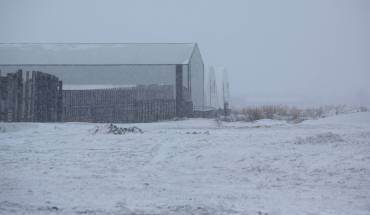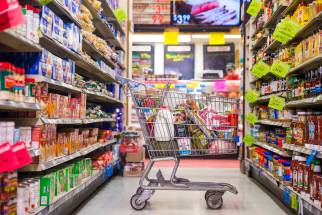We’ll pay more to eat less Annual food price report predicts largest increase ever — nearly $1,000 for a family of four
Read this article for free:
or
Already have an account? Log in here »
To continue reading, please subscribe:
Monthly Digital Subscription
$0 for the first 4 weeks*
- Enjoy unlimited reading on winnipegfreepress.com
- Read the E-Edition, our digital replica newspaper
- Access News Break, our award-winning app
- Play interactive puzzles
*No charge for 4 weeks then price increases to the regular rate of $19.00 plus GST every four weeks. Offer available to new and qualified returning subscribers only. Cancel any time.
Monthly Digital Subscription
$4.75/week*
- Enjoy unlimited reading on winnipegfreepress.com
- Read the E-Edition, our digital replica newspaper
- Access News Break, our award-winning app
- Play interactive puzzles
*Billed as $19 plus GST every four weeks. Cancel any time.
To continue reading, please subscribe:
Add Free Press access to your Brandon Sun subscription for only an additional
$1 for the first 4 weeks*
*Your next subscription payment will increase by $1.00 and you will be charged $16.99 plus GST for four weeks. After four weeks, your payment will increase to $23.99 plus GST every four weeks.
Read unlimited articles for free today:
or
Already have an account? Log in here »
Hey there, time traveller!
This article was published 09/12/2021 (1460 days ago), so information in it may no longer be current.
Food prices, expected to reach record highs next year, will result in costlier grocery bills, fewer menu options at restaurants and an increased demand at already bustling food banks.
The 12th edition of Canada’s Food Price Report, released Thursday, estimates an average four-person family will pay an extra $966 for food in 2022, for a total annual grocery bill of $14,767.
That’s a seven per cent increase compared with 2021 — the biggest jump ever predicted by the annual report.
“The era of cheap food has ended,” said Sylvain Charlebois, lead author and Dalhousie University professor of food distribution and policy.
“Prices have been increasing since 2010 and the pandemic accelerated that trend.”

Munther Zeid, the owner of Food Fare, has been scouring and comparing wholesalers across Canada.
“We need to basically source products from more places than just where we’re buying now, to make sure we’re getting the best price possible,” Zeid said.
He’s trying to keep costs down for his business, and by extension, his customers. Still, it’s inevitable grocery bills will increase with inflation.
Overall, food prices in Canada will increase five to seven per cent next year, the report said. But some grocery categories will see even larger jumps in 2022
The report anticipates dairy prices will increase between six and eight per cent, which comes after the Canadian Dairy Commission recommended an 8.4 per cent increase in farm gate milk prices to offset rising production costs.
Bakery and vegetables could rise between five and seven per cent while fruit will increase three to five per cent.
“(People) need to really make sure that they have a plan when they show up at the grocery store,” said Charlebois. 
Buying almost-expired items, using coupons and minimizing food waste are key to savings, he said.
“If you want to order online, that’s your business, but think about extra fees,” Charlebois said. “Fees do add up.”
COVID-19 related disruptions to the food supply chain, climate change and adverse weather effects, labour force challenges, inflation and transport backlogs have contributed to the price leaps.
Chris Atkinson, the owner of Lilac Bakery, has upped his prices once this year to match heightened operational costs.
“Not a huge increase, but enough to cover,” he said.
Packaging and butter are among the goods he’s had to spend more on this year. The food price report predicts bakery products will cost 5 to 7 per cent more, and restaurant menu prices will jump six to eight per cent.
The cost of dining out is also going up six to eight per cent as the food service sector grapples with widespread labour market challenges and rising commercial rents, the report said.
Restaurants across the province are choosing to increase their prices or trim their menus, according to Shaun Jeffrey, the Manitoba Restaurant and Foodservices Association’s executive director and CEO.
“They have to look at the cost/benefit analysis to see if it’s even beneficial to raise those prices, because it’s going to cost a significant amount of money to even do that,” Jeffrey said, adding expenses come from reprogramming sales systems and altering menus.
What many have opted to do is eliminate higher cost meals and certain types of produce, along with changing business hours and operations. More of that may be coming with the rising food prices, Jeffrey said.

“It’s monumental, no matter what the percentage is,” he said, adding it’ll take the average eatery five to eight years to return to pre-pandemic levels.
His association is calling for government recovery assistance programs to help the still restricted industry.
Vince Barletta, the president and CEO of Harvest Manitoba, is expecting more food bank visitors in the new year.
“When times are tough, it’s the people who have the least that hurt the most,” he said.
From September through November, the province’s food banks saw a 70 per cent increase in new faces compared to the same months in 2020, partially due to inflation, Barletta said.
Harvest Manitoba receives donations, but it’s had to buy food in volumes like never before — including baby formula and cereal — to combat supply chain challenges.
In addition to exorbitant grocery bills in 2022, Barletta predicts some Manitobans may not have the means to donate.
“Average families are going to see their food budget pinched,” he said. “That leads them with less ability to put that tin in the bin.”
All issues combined will make for a “tough year,” Barletta said.
The federal Tories have coined a phrase in response to the food price report — JustinFlation.
“JustinFlation is coming to a grocery store near you,” Pierre Poilievre, the Conservative Shadow Minister for Finance, said in a statement. “Trudeau’s inflation tax is eating into the paychecks of middle-class Canadians while the Trudeau Liberals plan to spend even more, pouring inflationary gas on the fire.”

The food report notes Manitoba might have a below average food price increase; Saskatchewan, British Columbia and Ontario are among those to likely face higher than average increases.
The smallest price increases will be in the meat and seafood aisles, with a zero to two per cent increase predicted in both categories.
Meanwhile, climate change and adverse weather events that caused price increases in 2021 are expected to continue in the new year.
Severe wildfires in British Columbia and drought conditions in the Prairies impacted bakery and meat prices this year, for example, and may continue to influence food prices in 2022.
“We can anticipate the ongoing effect of the continuing climate crisis and adverse weather effects on food prices,” the report said. “Wildfires, record-breaking heat and drought, floods and cold fronts are becoming increasingly commonplace and affecting food prices year after year.”
— With files from The Canadian Press
gabrielle.piche@winnipegfreepress.com

Gabby is a big fan of people, writing and learning. She graduated from Red River College’s Creative Communications program in the spring of 2020.
Our newsroom depends on a growing audience of readers to power our journalism. If you are not a paid reader, please consider becoming a subscriber.
Our newsroom depends on its audience of readers to power our journalism. Thank you for your support.







